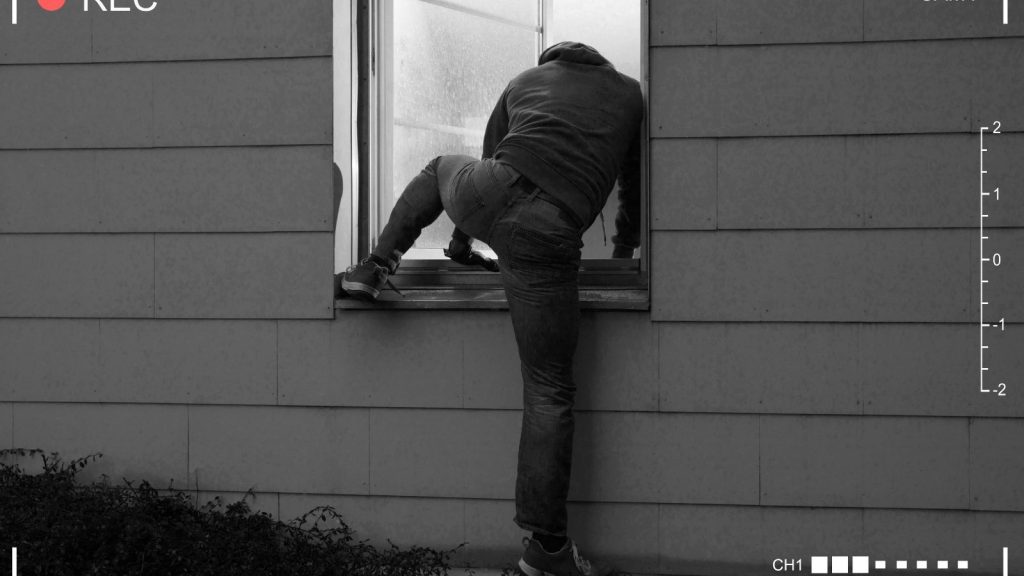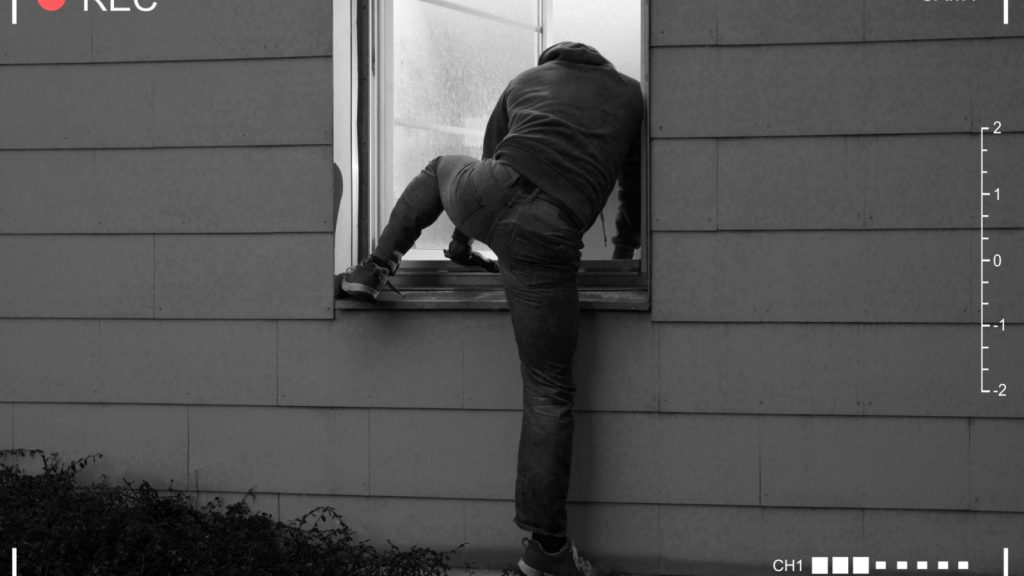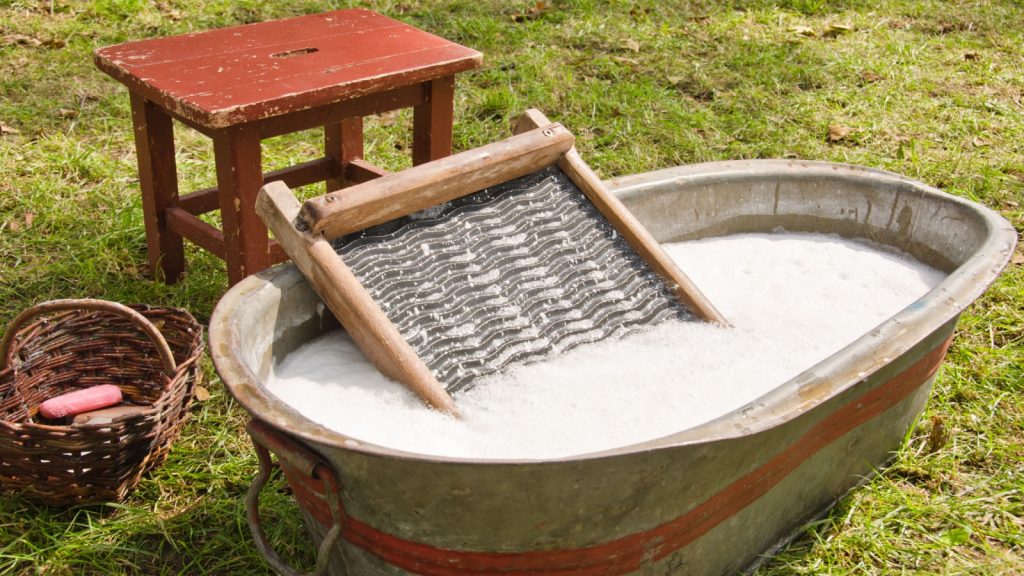Every 30 seconds in the US*, someone learns the hard way that their home wasn’t as secure as they thought. It’s not just about losing almost $3,000** worth of possessions—it’s about that gut-wrenching feeling when you realize someone has invaded your personal space, your sanctuary.
But here’s the good news: you don’t need to turn your home into a fortress to keep the bad guys out. Smart security isn’t about spending a fortune on high-tech systems (though they can help). It’s about understanding how intruders think and using that knowledge to make your home a less appealing target.

Whether you’re looking to protect your family in everyday life or preparing for more challenging times ahead, making your home more secure is one of the most practical steps you can take. After all, your home should be your safe haven—a place where you can truly rest easy knowing you’ve taken sensible steps to protect what matters most.
Let’s explore some proven ways to boost your home security without breaking the bank. Because when it comes to protecting your home and family, an ounce of prevention really is worth a pound of cure.
Install a Security System
Investing in a reliable security system is one of the best ways to deter burglars. Modern setups include features like motion detectors, door sensors, and cameras, often integrated with smart home systems. Many allow you to monitor your home remotely using a smartphone app. According to the FBI, homes without security systems are three times more likely to be targeted by burglars. Choose a system that provides professional monitoring for quicker emergency responses.
Reinforce Entry Points
Doors and windows are common targets for intruders, so securing them is essential. Fit doors with high-quality deadbolts that have at least a 1-inch throw. For windows, use locks, pins, or even security film to make breaking the glass more challenging. The goal is to make your home difficult enough to access that potential burglars move on to easier targets. Also, install door viewers or peepholes so you can see who’s at your door without opening it.
Upgrade to Smart Locks
Smart locks combine convenience with security. They allow you to lock and unlock your doors remotely and can generate temporary access codes for guests. Some models work with home automation systems, letting you schedule locks automatically. Choose a trusted brand and keep the software updated to prevent hacking. As a backup, always have a sturdy manual lock in place. Consider using a lock with an auto-locking feature for added convenience and security.
Install Outdoor Lighting
Bright outdoor lighting can discourage burglars from approaching your property. Motion-activated lights are particularly effective near entrances and shadowy areas. Solar-powered options are great for energy efficiency, and dusk-to-dawn lights ensure your home stays illuminated through the night. Place lights at potential hiding spots, such as behind sheds or large bushes.
Set Up a Camera System
Security cameras serve as both a deterrent and a means of gathering evidence. Look for systems with high-resolution recording, night vision, and remote viewing capabilities. Place cameras at key points like doors, windows, and driveways. For larger properties, consider long-range cameras to cover the perimeter effectively. Ensure cameras are installed out of reach or encased to prevent tampering.
Create a Safe Room
A safe room provides a secure retreat during a home invasion. Equip it with a solid core door, reinforced hinges, and a strong deadbolt. Stock it with essentials like water, first aid supplies, and a phone. The purpose is to create a safe haven until help arrives. Install a backup power supply to keep any communication devices operational.
Secure Your Wi-Fi Network
Your Wi-Fi network can be a weak point if left unprotected. Use WPA3 encryption and a strong password. For added security, set up a guest network for visitors and smart devices. Keeping your router firmware up to date ensures any vulnerabilities are patched. Disable remote access features unless absolutely necessary.
Install Security Shutters or Bars
For homes in high-risk areas, security shutters or bars can be a solid investment. They reinforce windows and glass doors, making it difficult for intruders to gain entry. Look for bars with quick-release mechanisms for safety during emergencies and ensure compliance with local fire codes. Paint or coat metal bars to prevent rust and ensure longevity.
Landscape for Security
Thoughtful landscaping can work wonders for home security. Trim back bushes and trees near windows and doors to prevent hiding spots. Planting thorny shrubs beneath windows can discourage potential intruders from attempting entry. Gravel paths are another great touch, as they make noise when stepped on, alerting you to movement. Ensure trees near your home are trimmed to prevent access to upper floors.
Join or Start a Neighborhood Watch
Strong community bonds are an effective way to deter crime. Neighbourhood watch programs encourage residents to keep an eye out for suspicious activity and to communicate regularly. According to the National Crime Prevention Council, such initiatives can reduce crime in the area by as much as 40%. Sharing local crime updates within the group can help everyone stay vigilant.
Use Timer Switches and Smart Devices
Making it appear like someone is home can deter would-be burglars. Timer switches and smart devices let you program lights, TVs, and radios to turn on and off at different times. Using a smartphone app, you can control these remotely to create a realistic pattern of activity when you’re away. Switch up the patterns occasionally to avoid obvious routines.
Secure Your Garage
The garage is a common weak point in home security. Make sure your garage door is sturdy and fitted with a strong lock. Smart garage door openers can send alerts when the door is opened, adding an extra layer of security. Always lock the door between your garage and home and reinforce it for added protection. Never leave garage door openers in your car, especially if it’s parked outside.
Don’t Post Pictures of Your Keys
It may seem harmless, but sharing pictures of your keys on social media can lead to trouble. Criminals can use high-resolution images to create replicas using 3D printers. Tutorials for this are freely available online, making it a growing concern. Protect yourself by keeping such images offline. When taking photos, be cautious of reflective surfaces that might capture your keys unintentionally.
Install a Safe
Even with the best security measures, having a safe adds another layer of protection for your valuables. Look for a fireproof and waterproof safe that can be bolted to the floor or wall. Biometric safes provide quick and easy access without needing to remember combinations, making them a top choice for home security. Position your safe in a discreet location to reduce the chance of it being found.
Create a Security-Minded Routine
Your daily habits play a big role in home security. Always lock doors and windows, even when you’re at home. Avoid hiding spare keys outside, as burglars know where to look. Be cautious about who you allow into your home for repairs or deliveries. When you’re on holiday, avoid sharing your plans on social media until you’ve returned. Make checking your security system and locks a routine part of leaving or entering the house.
With these strategies in place, your home will be significantly less appealing to intruders. Even small steps can make a big difference in keeping you, your loved ones, and your belongings safe.
References
- * https://www.safewise.com/blog/8-surprising-home-burglary-statistics/#Frequency
- ** https://ucr.fbi.gov/crime-in-the-u.s/2019/crime-in-the-u.s.-2019/topic-pages/burglary
James is a former logistics coordinator and wilderness safety instructor, whose practical experience taught him the value of sensible preparedness and calm resilience. Passionate about self-reliance, James teaches everyday skills—like water purification, emergency communication, and outdoor safety—to help people confidently handle life's disruptions without fear or overwhelm. His approachable style combines real-world insights with relatable, personal stories and experiences.



